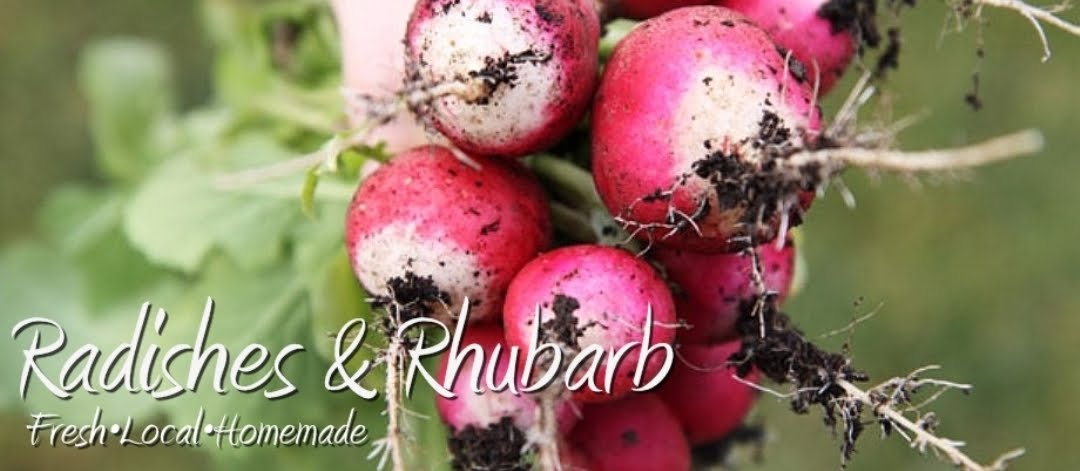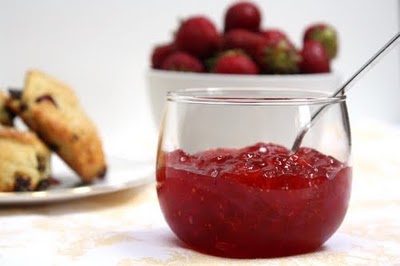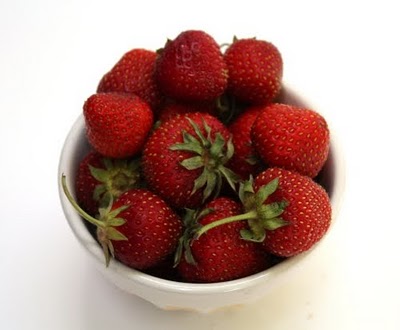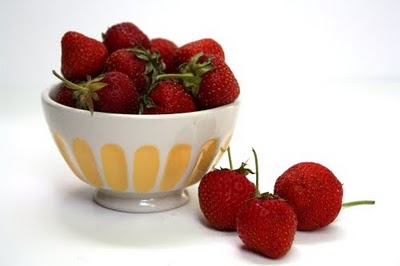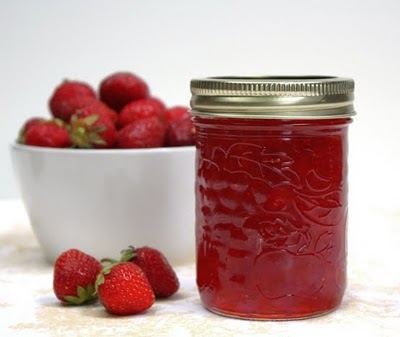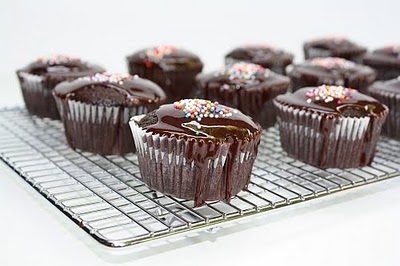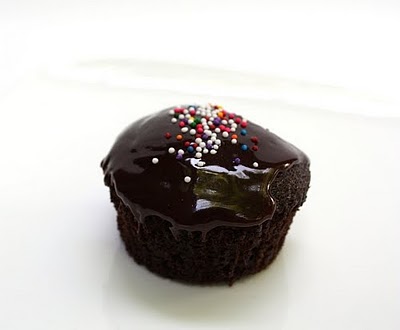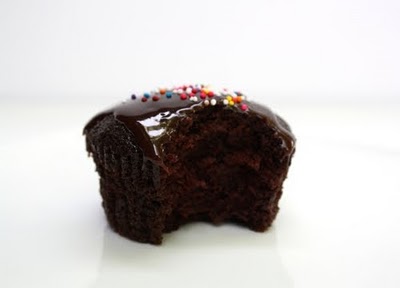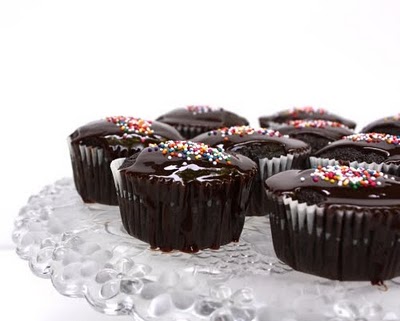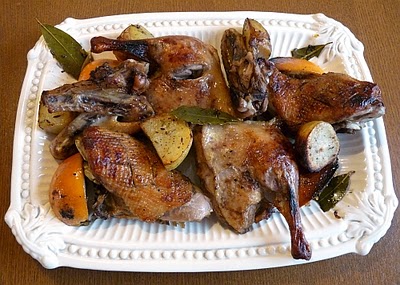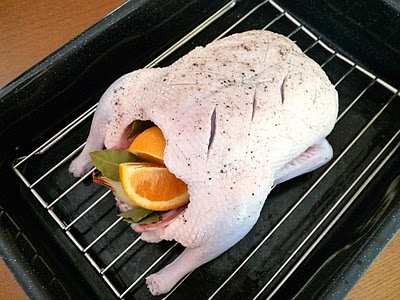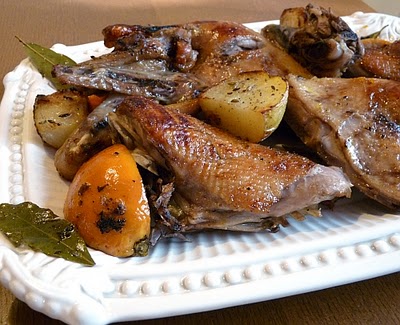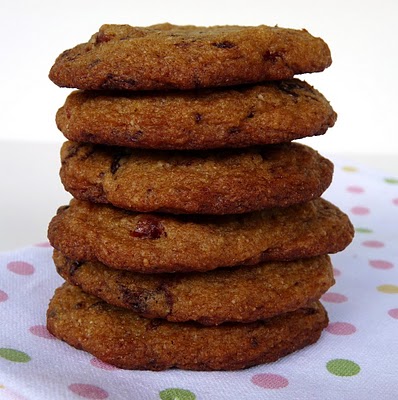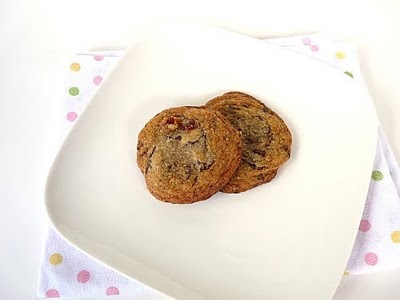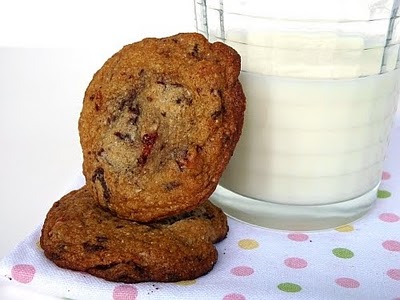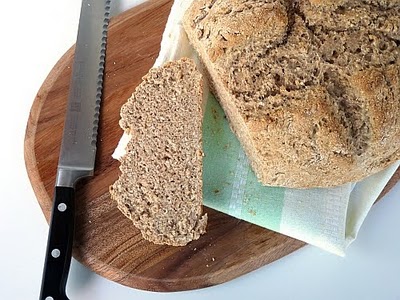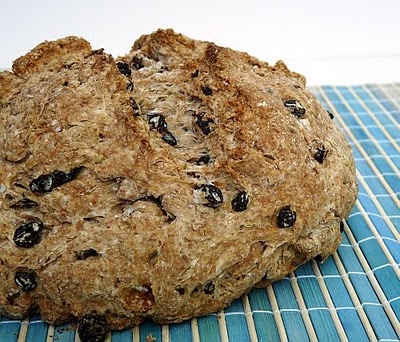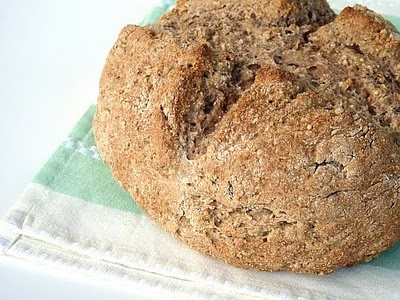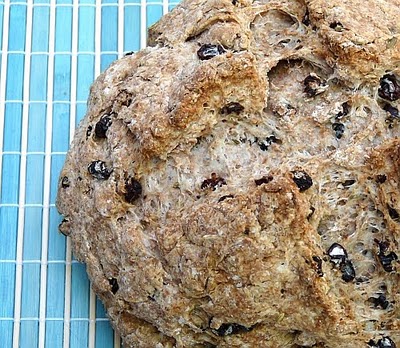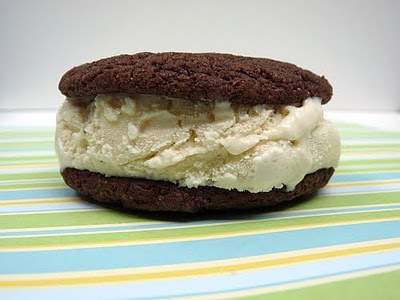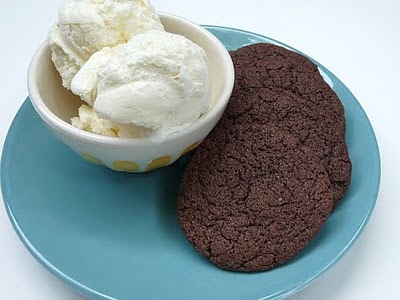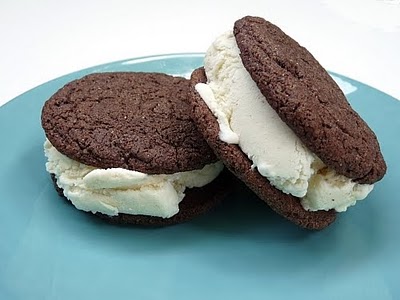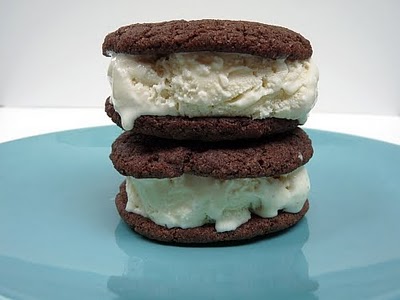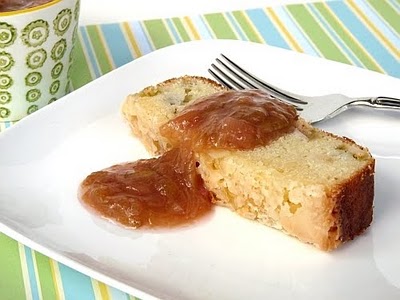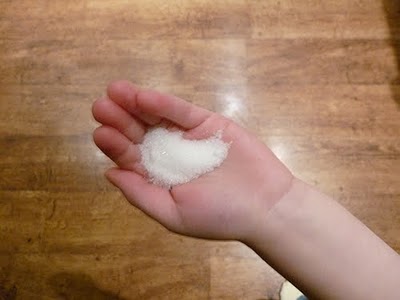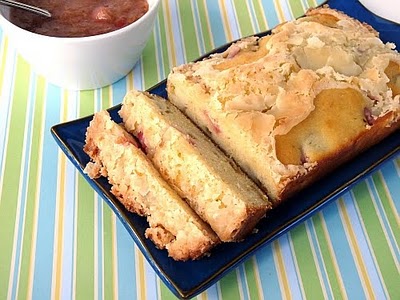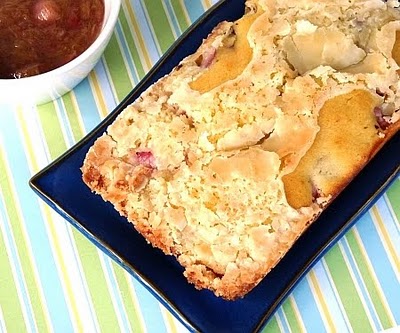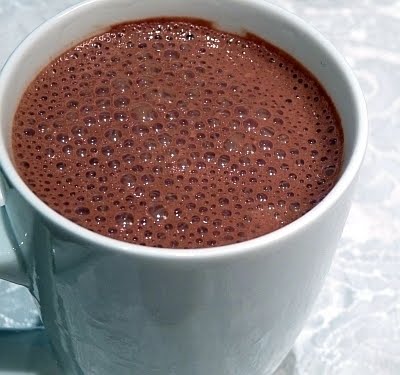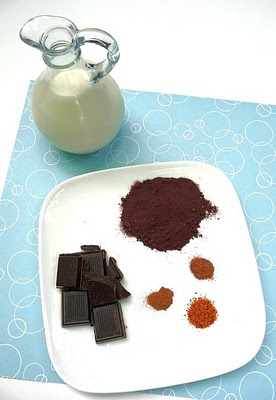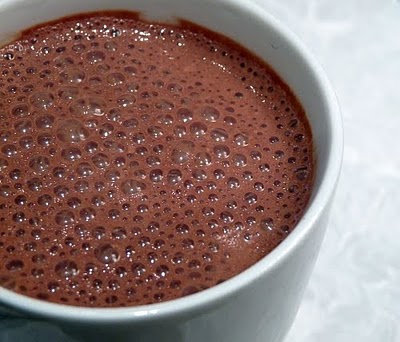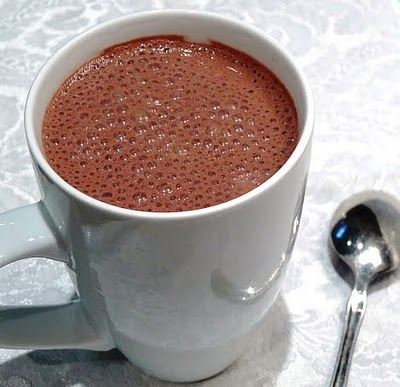Up until now I had avoided making cooked jam because the prospect of sterilizing the jars just kind of felt fussy and (as I am a worrier) something to worry about. It turned out to be a simple and painless process. Almost ridiculously easy.
But that is not why I am glad I went ahead and made Strawberry Jam. I am glad because it gave me an excuse to talk about an e-mail I received last week.
Strawberries, to me, are a very seasonal food and the season in Ontario is very short, just a couple of weeks. Making jam is the traditional way to save that taste of summer for the rest of the year.
But now, of course, we can get Strawberries all year. They come in plastic jewel boxes, shipped from thousands of miles away. They look like strawberries on steroids and they seldom taste much different than I imagine the plastic boxes themselves would taste (if I were to go ahead and give one a try). As you can tell, I am not a fan of those jumped up strawberries so I really don’t buy them.
Then last week I got an e-mail from Christiana from the Harmonious Kitchen in California. She reached out to me, and many others, asking for help. She is trying to raise awareness about safety concerns over the pesticides that are being used on these conventionally grown strawberries. She is in the unenviable position of being personally affected by this issue.
Christiana lives right next to an industrial strawberry farm. She watches workers in the morning, wearing haz-mat suits spraying these chemicals on the fields right outside her home. As the mother of two young children, she is naturally concerned.
In particular, she is concerned about the use of methyl bromide and methyl iodide. Her very well written article explains, better than I ever could, her concerns and fears living so close to this pesticide laden land. For more information, you can also read these articles from Grist and the Huffington Post.
So I think I will stick to my Ontario strawberries and I will enjoy the fact that they are available for only a short time every year. That is part of what makes them so special.
And, when I desperately want a taste of Ontario strawberries in the middle of winter I am going to open a jar of this jam. It is just as Strawberry Jam should be; a glorious ruby colour, full of strawberry flavour, simple and delicious.
Strawberry Jam
I used the recipe inside the Certo Liquid Pectin package. It is my favourite kind, but whichever pectin product you use, be sure to follow the directions on their package as all are a little different.
3 3/4 cups crushed strawberries
1/4 cup lemon juice
7 cups sugar
1 package Certo Liquid Pectin
Preheat the oven to 225 degrees F. Wash and rinse 8 one cup jam jars. Drain the jars of excess water and place them upright on a cookie sheet. Place the cookie sheet in the 225 degree oven for a minimum of 10 minutes. This will sterilize the jars. You can keep the jars in the oven until the jam is ready to be poured into the jars.
Place the washed lids and seals in a medium saucepan filled with water along with a set of metal tongs, which will be used to place the lids on the jars. Boil them for at least ten minutes. I kept the water boiling while I cooked the jam.
Use a potato masher to crush the berries, one layer at a time. With liquid measuring cup measure out the 3 3/4 cups of berries. Pour the berries into a large saucepan. Add the sugar and lemon juice. Do not reduce the amount of sugar, the full amount must be used for the jam to set. Turn the heat to high and bring to a full rolling boil. Let boil for one full minute.
Remove from heat and stir in the package of liquid pectin. Skim the foam from the top with a large flat metal spoon and stir the jam for 5 minutes to distribute the fruit evenly.
Remove the cookie sheet with the jam jars from the oven. With a small ladle, fill the jars with jam, leaving 1/4 inch of space from the rim. Using the tongs (cover your hand as the tong handle may be hot from being in the boiling water) remove the seals from the water, one at a time. Shake excess water from the seal and place on the jar. Then, still using the tongs, remove the rings. Again, shake off excess water and place the rings over the seals and tighten firmly.
The jam will take about 12-24 hours to set. The seals should pull down as the jars cool and you may hear clicking sounds as the seals form. If the fruit has settled to the top, turn the jars over to redistribute as they cool.
Jars may be kept unopened up to one year on the shelf.
Next Post: Savoury Bread Pudding
